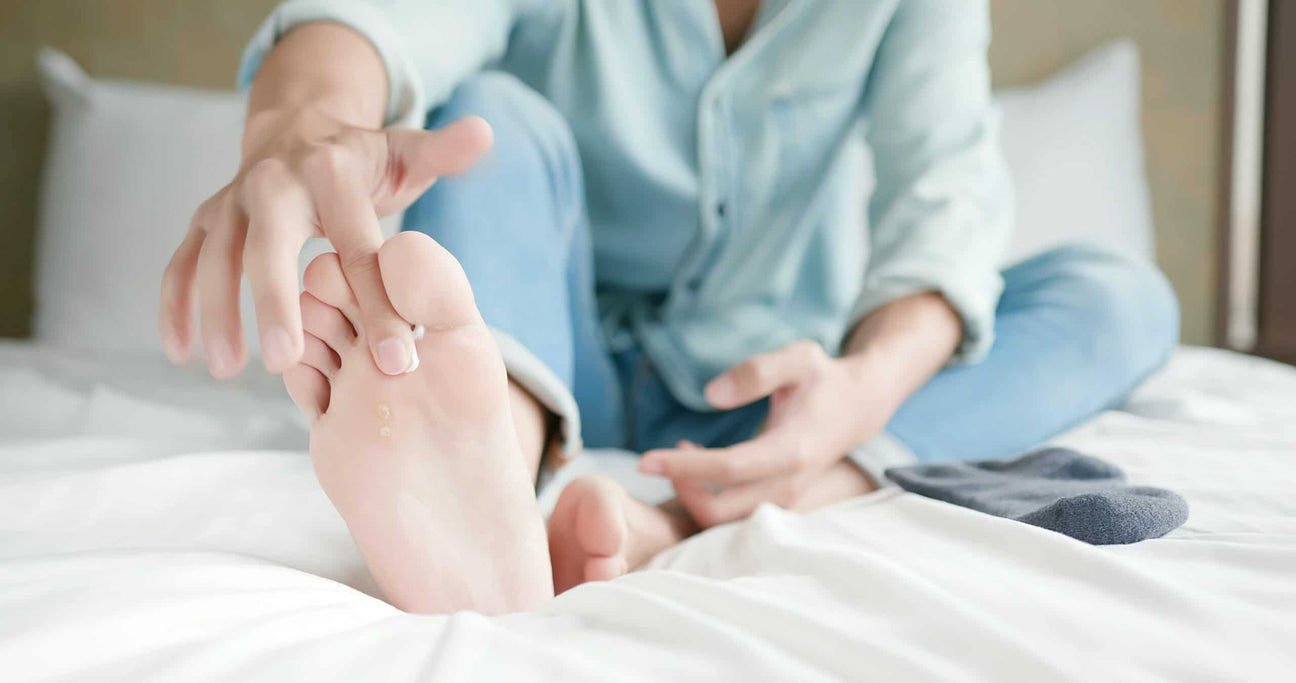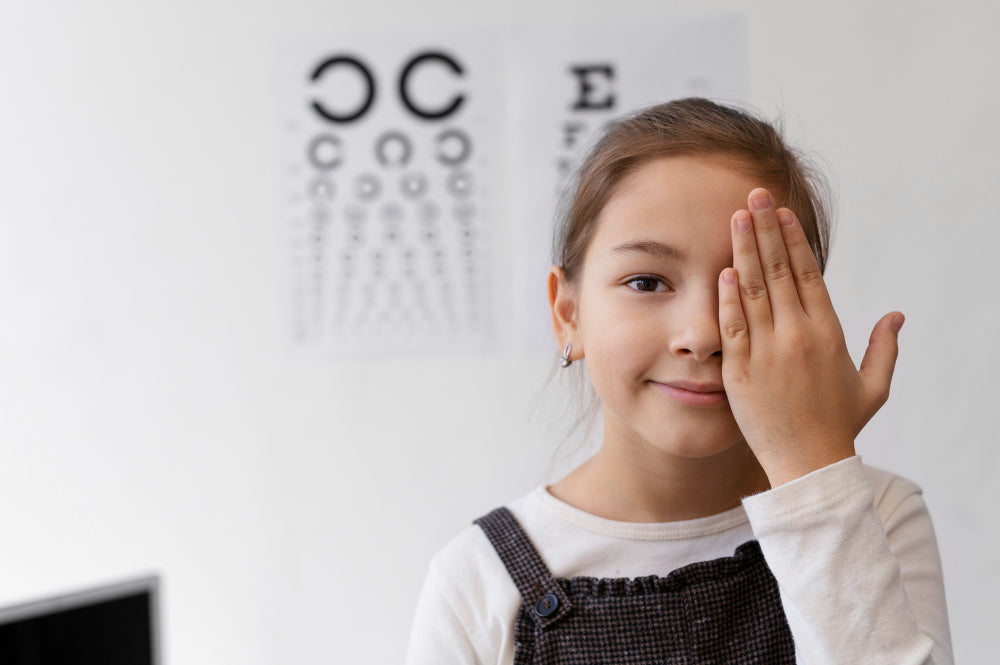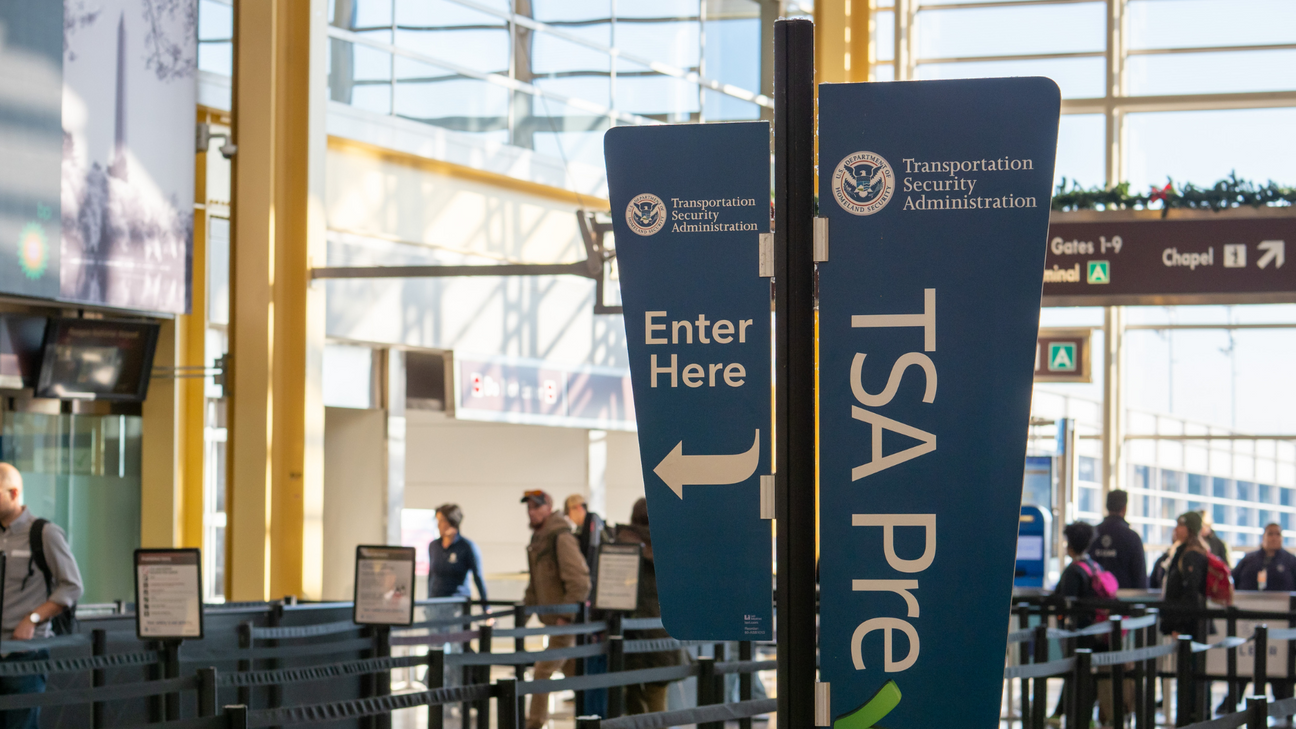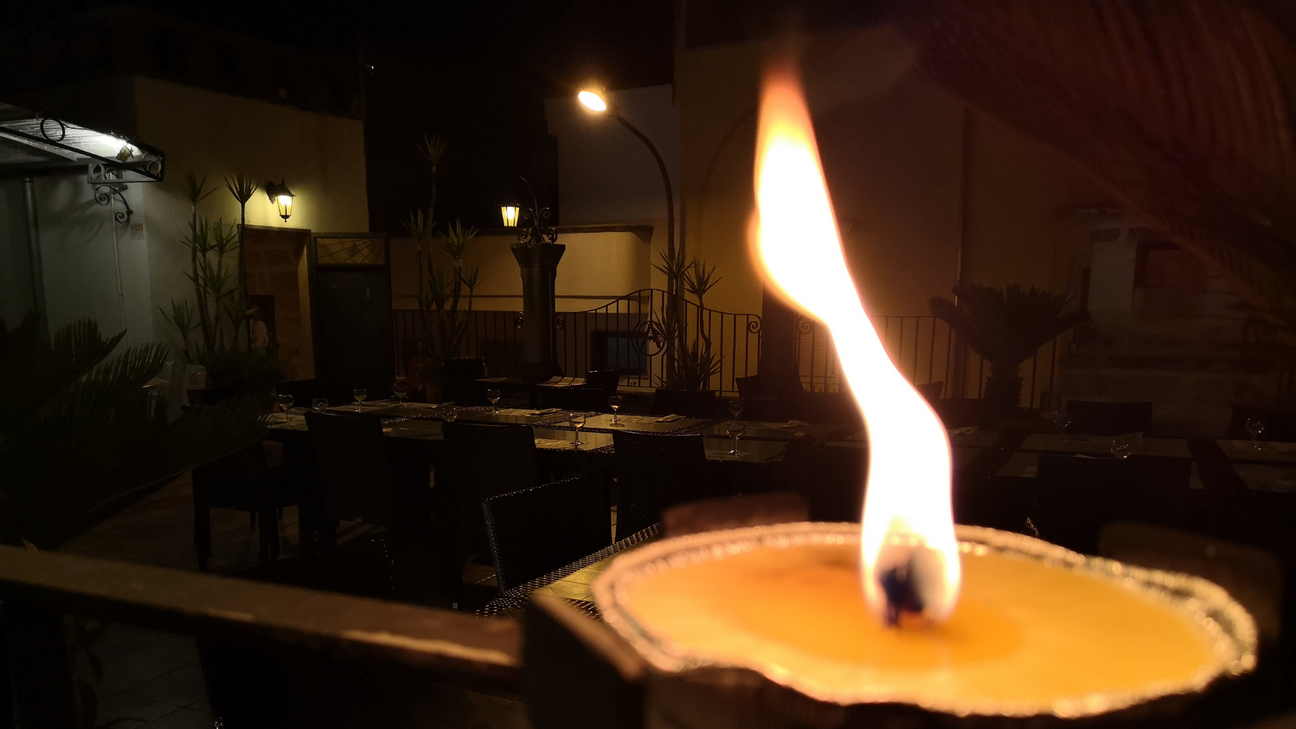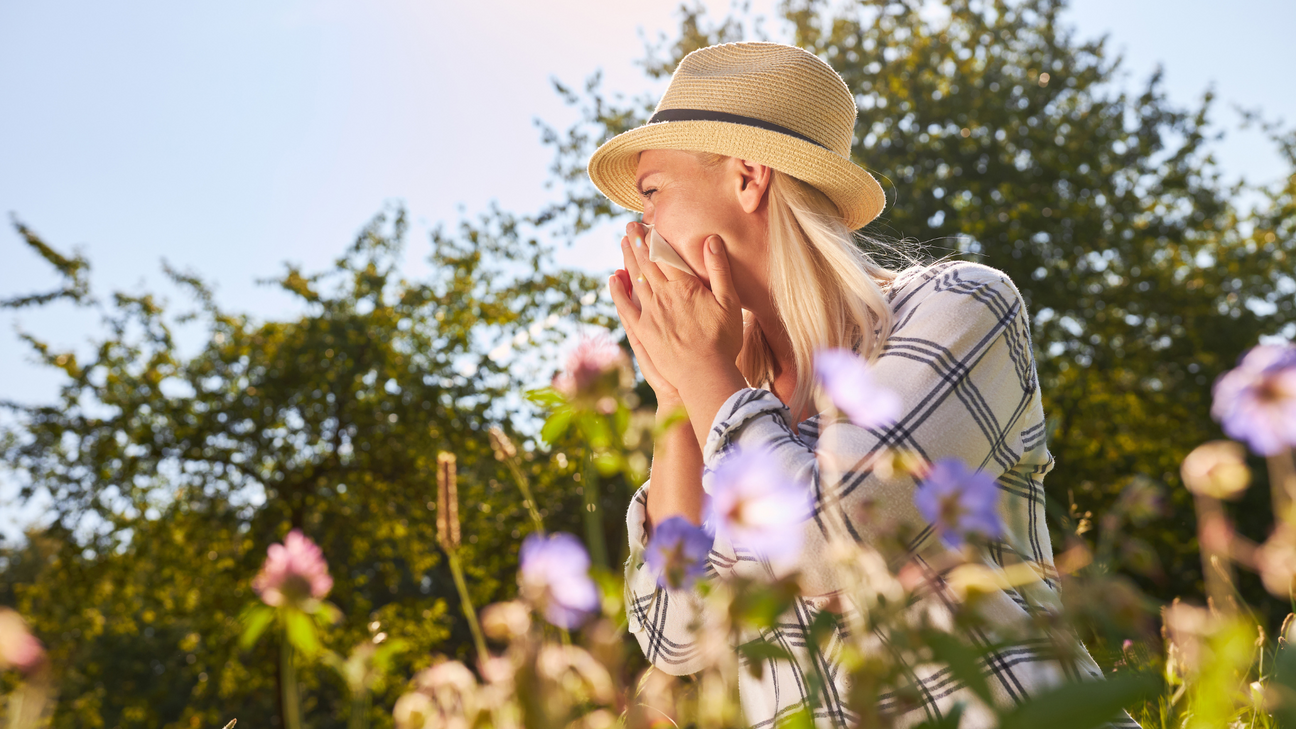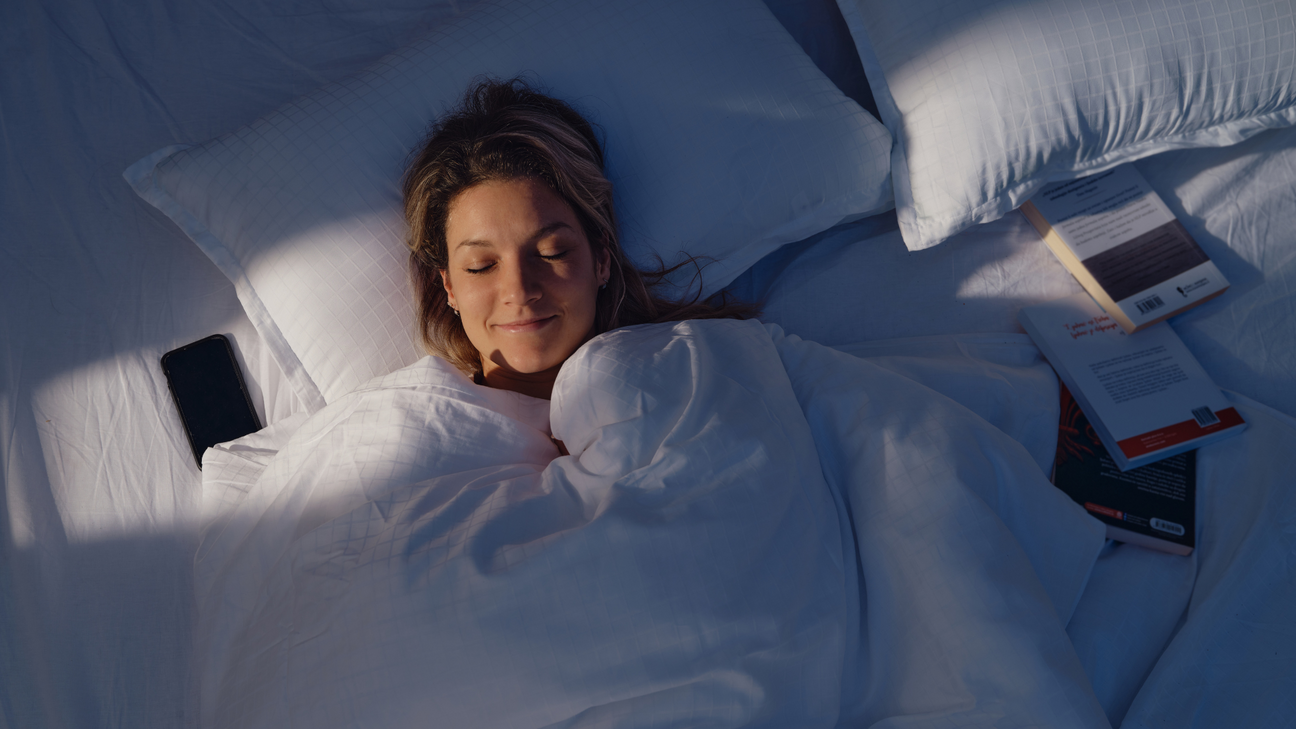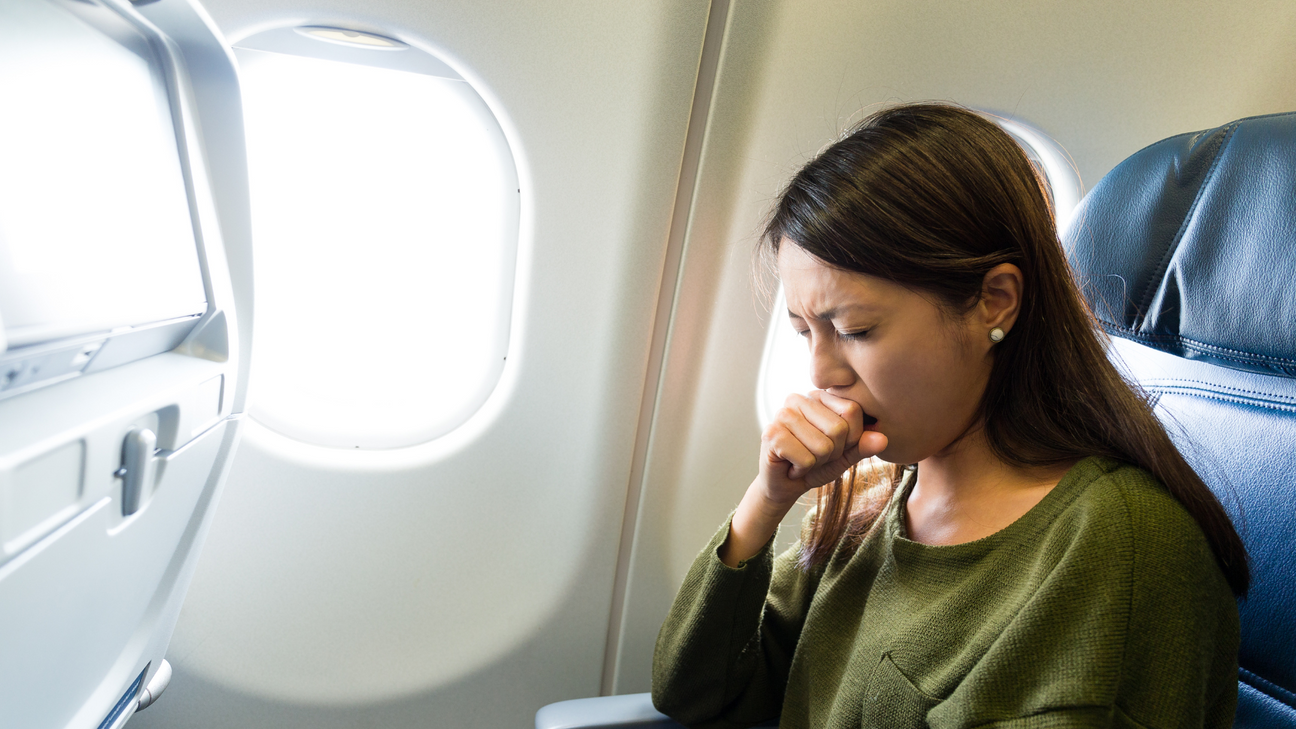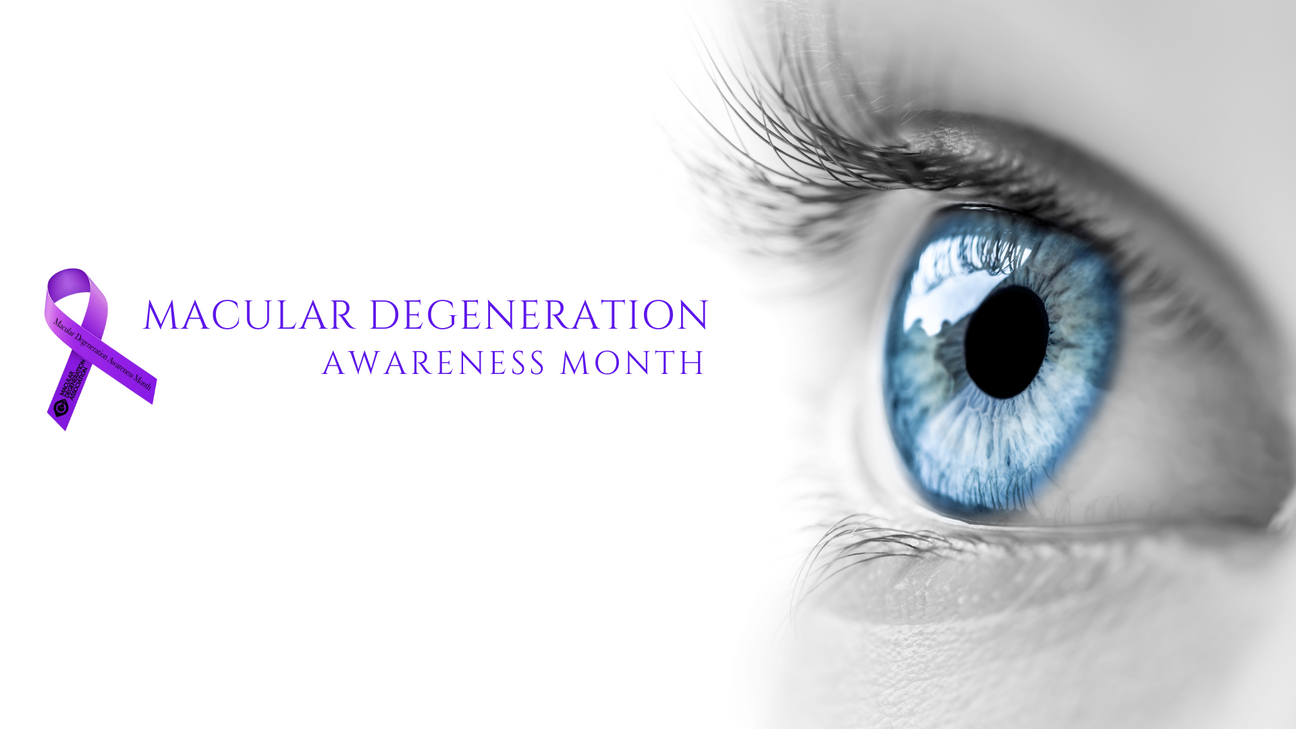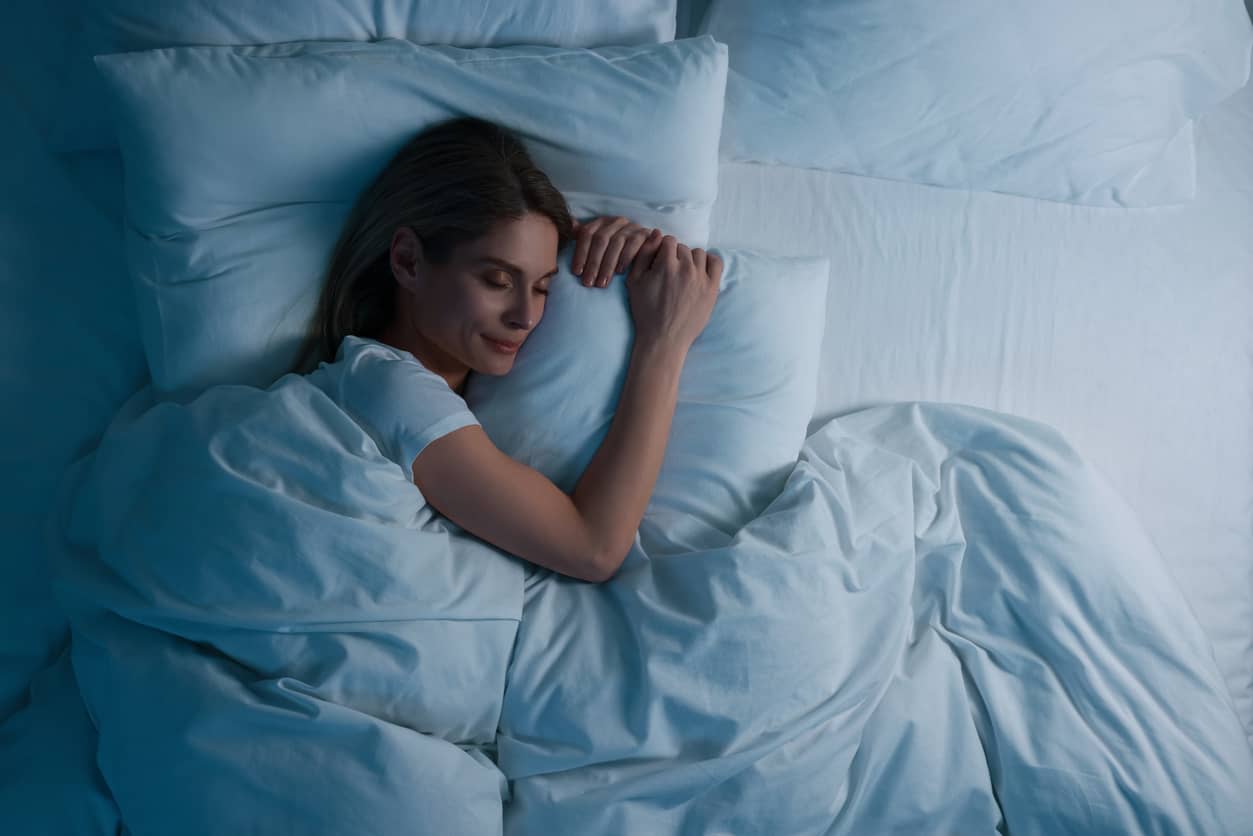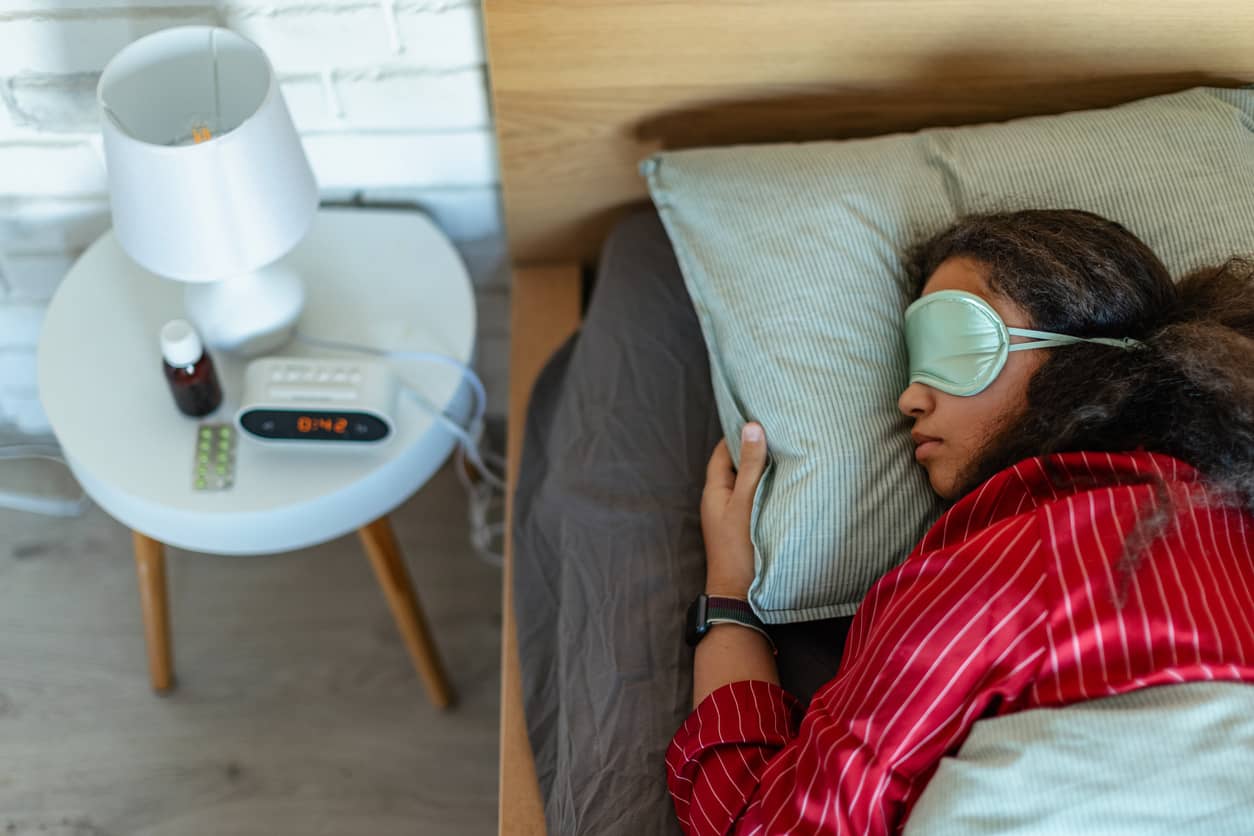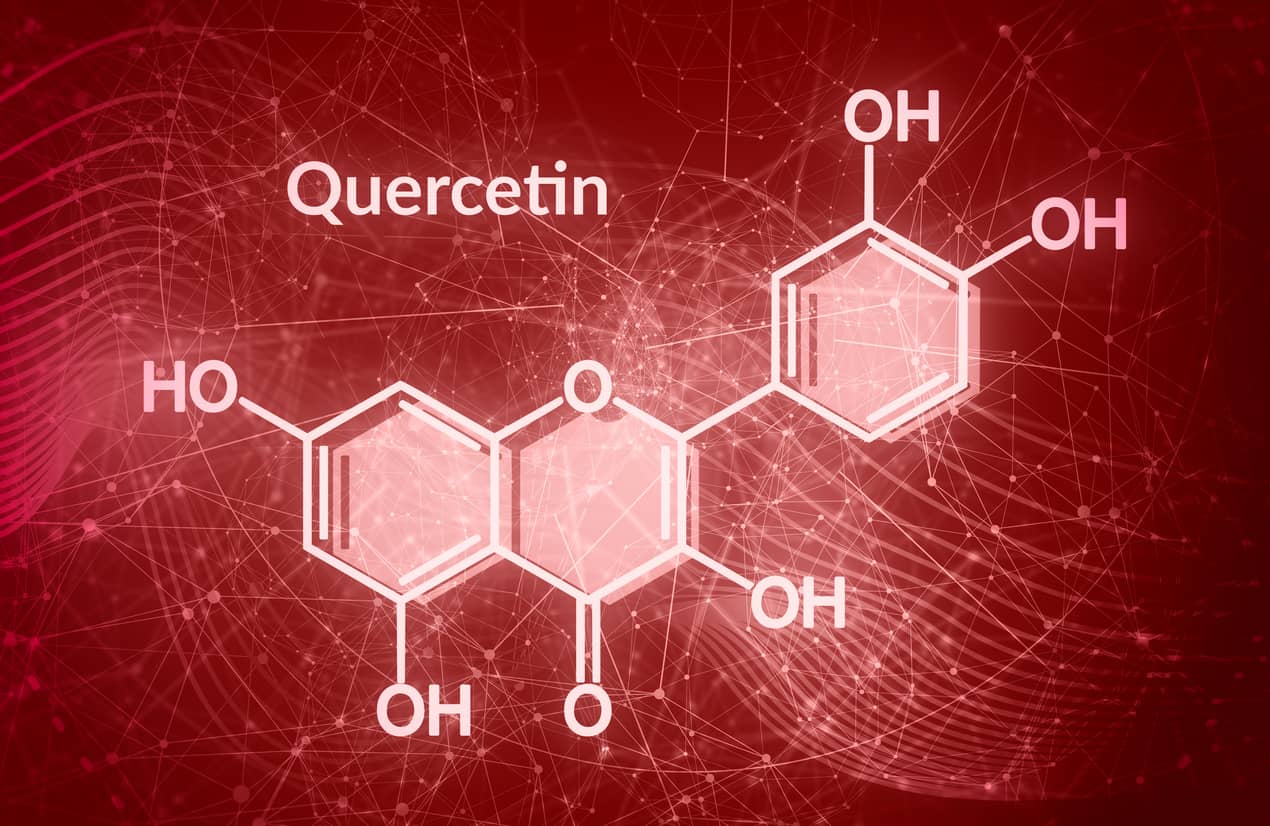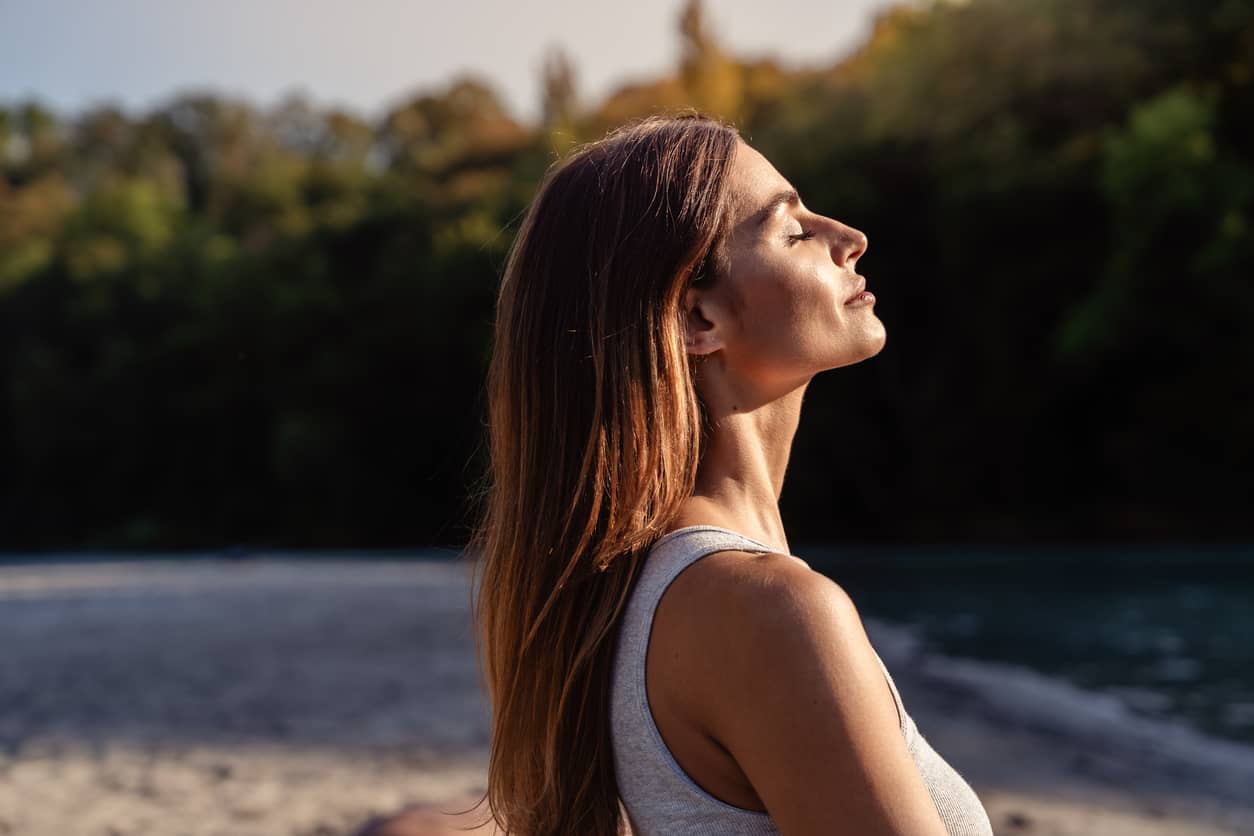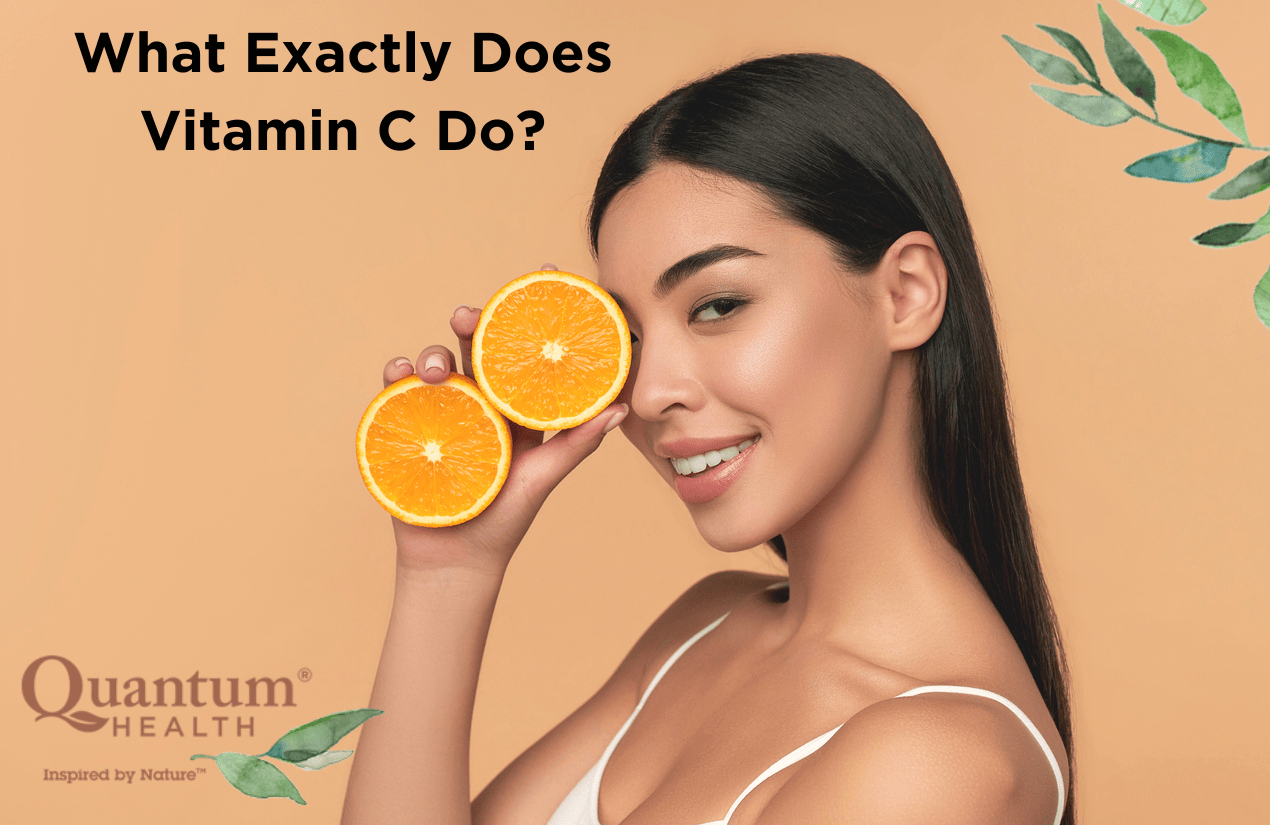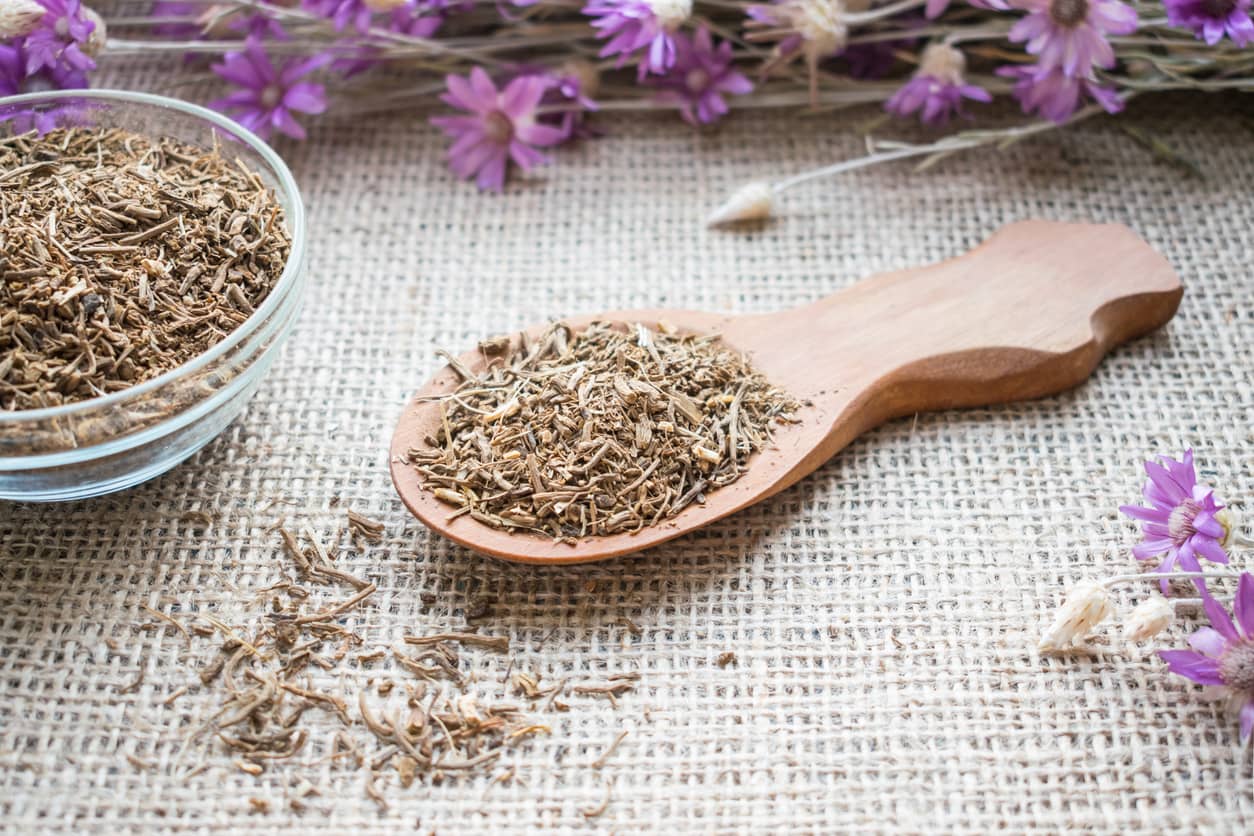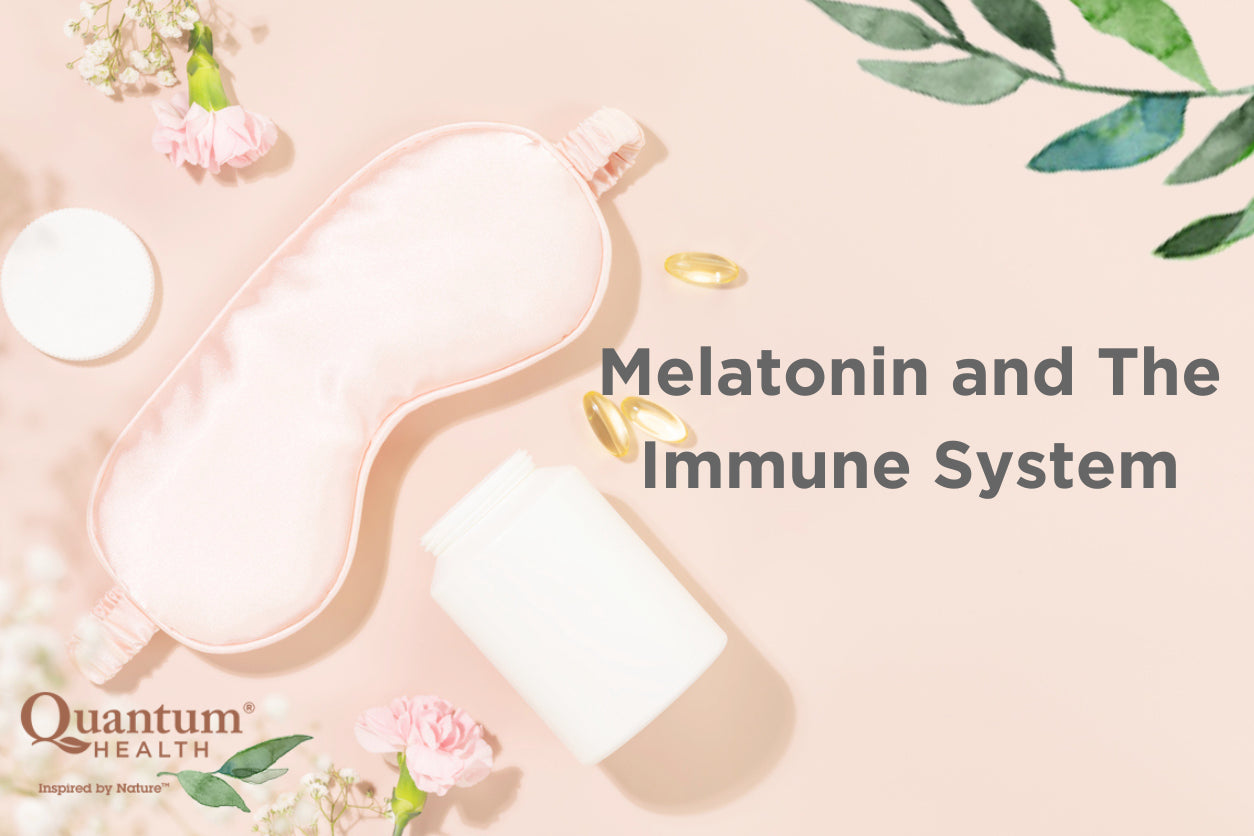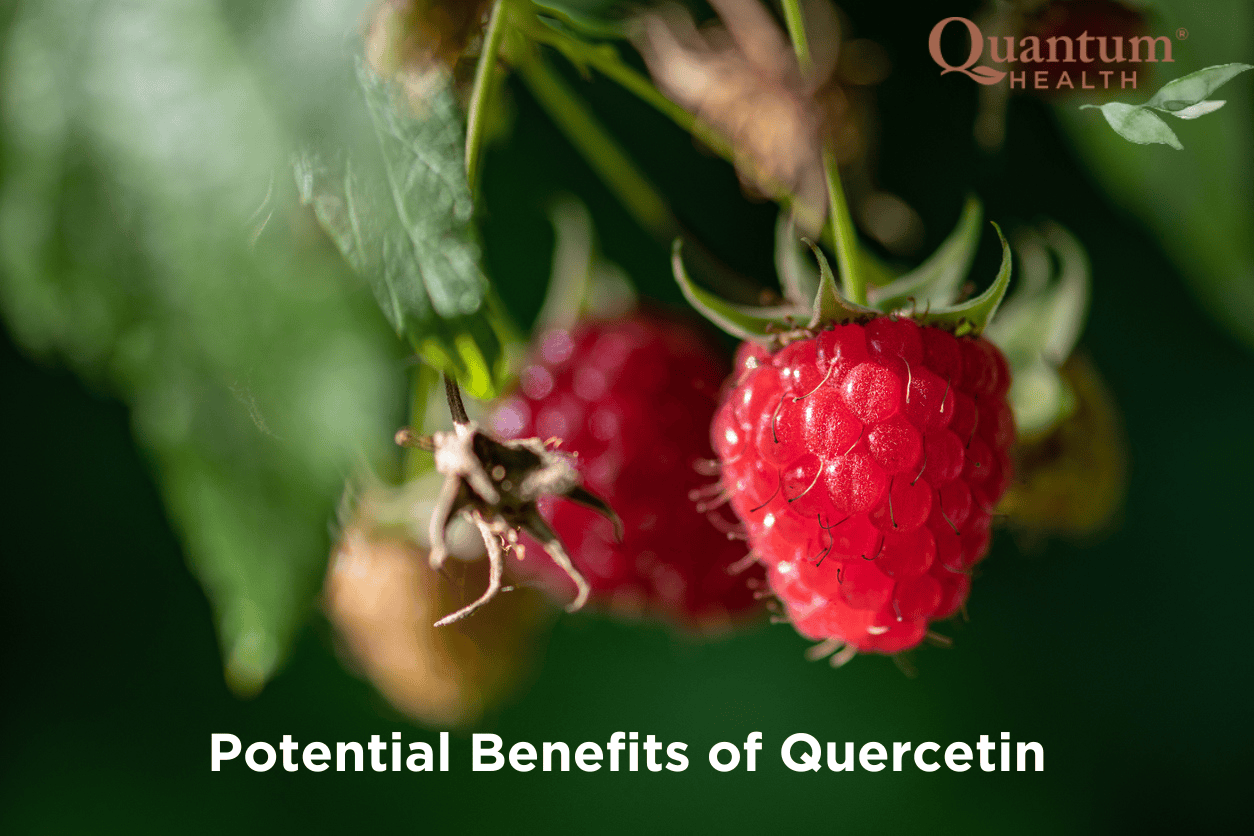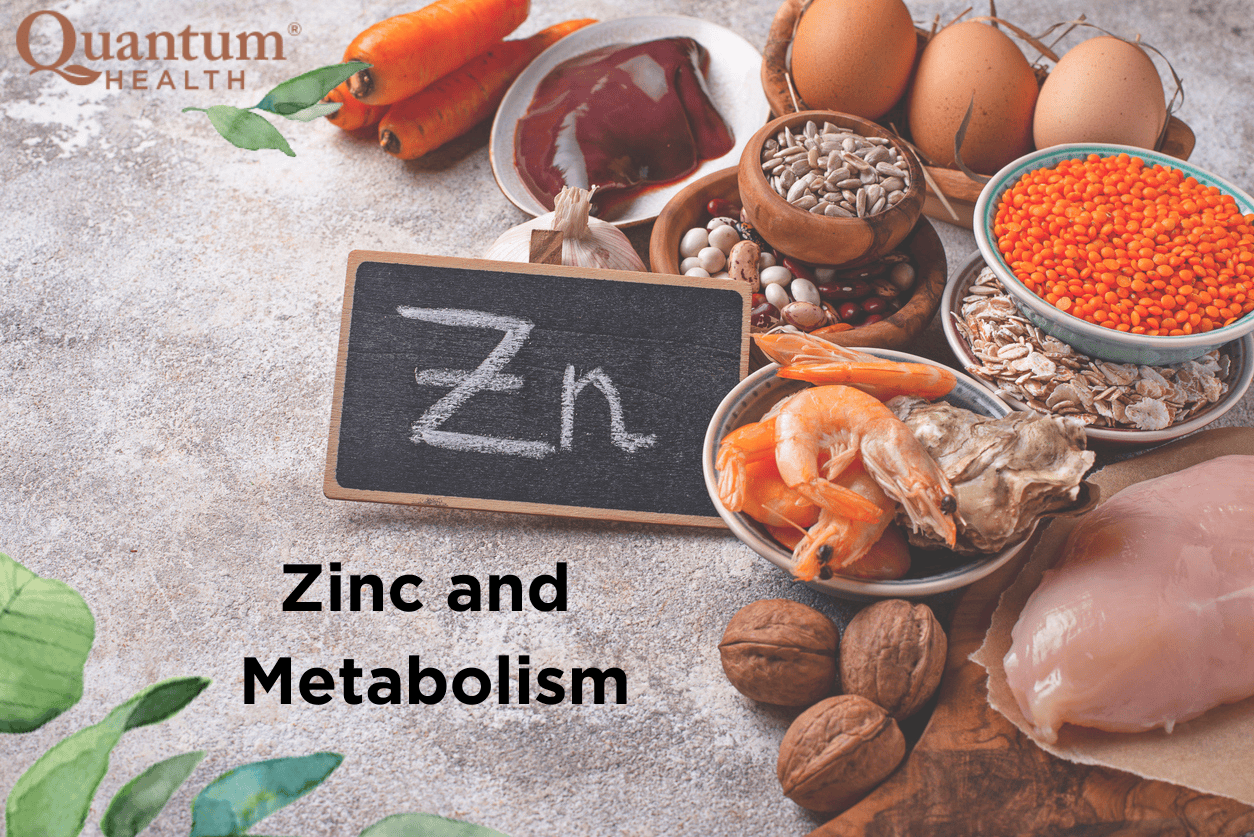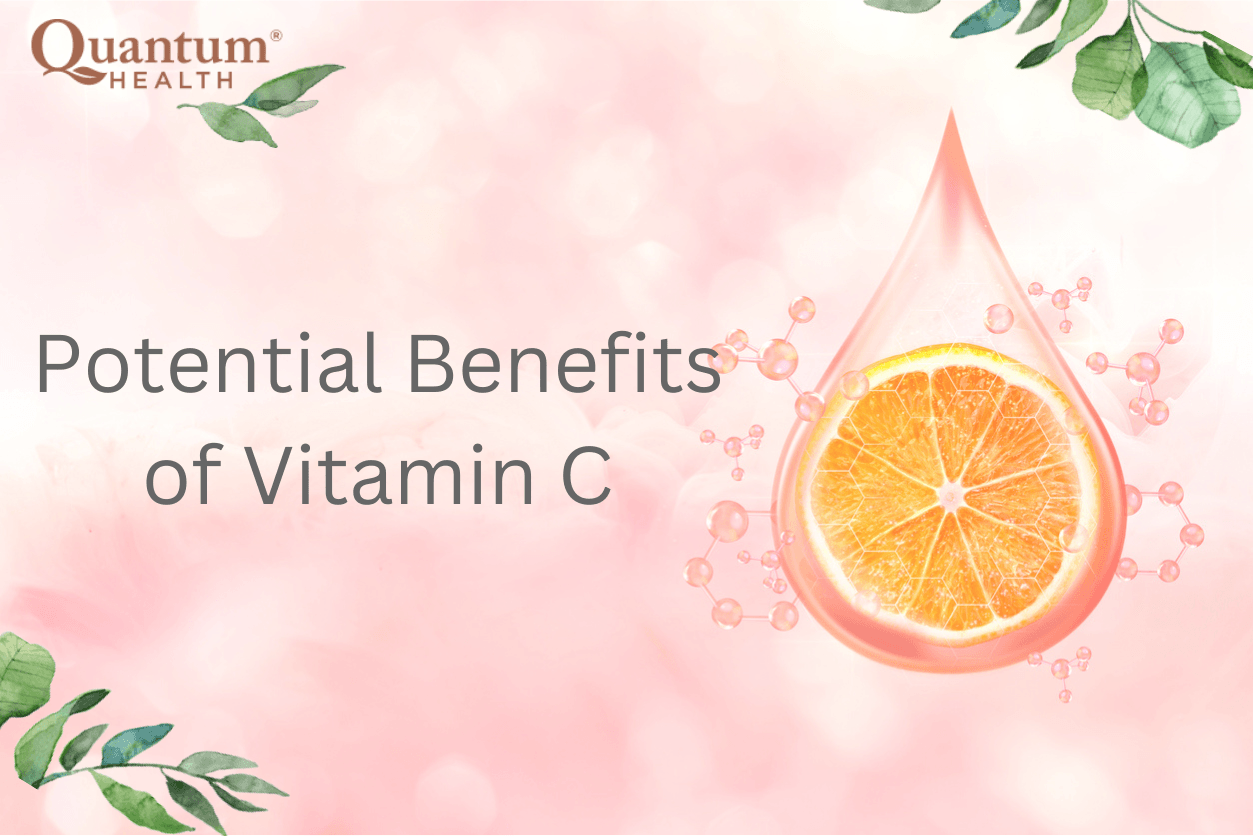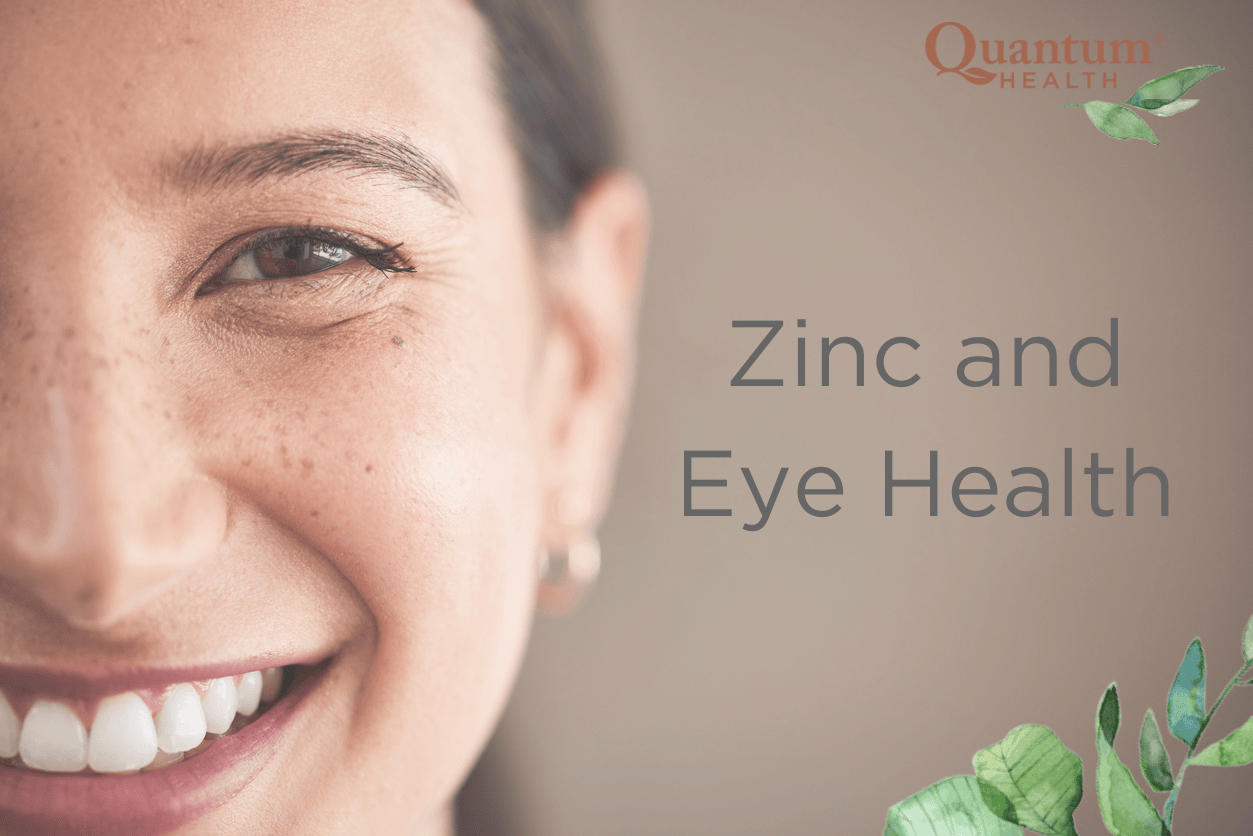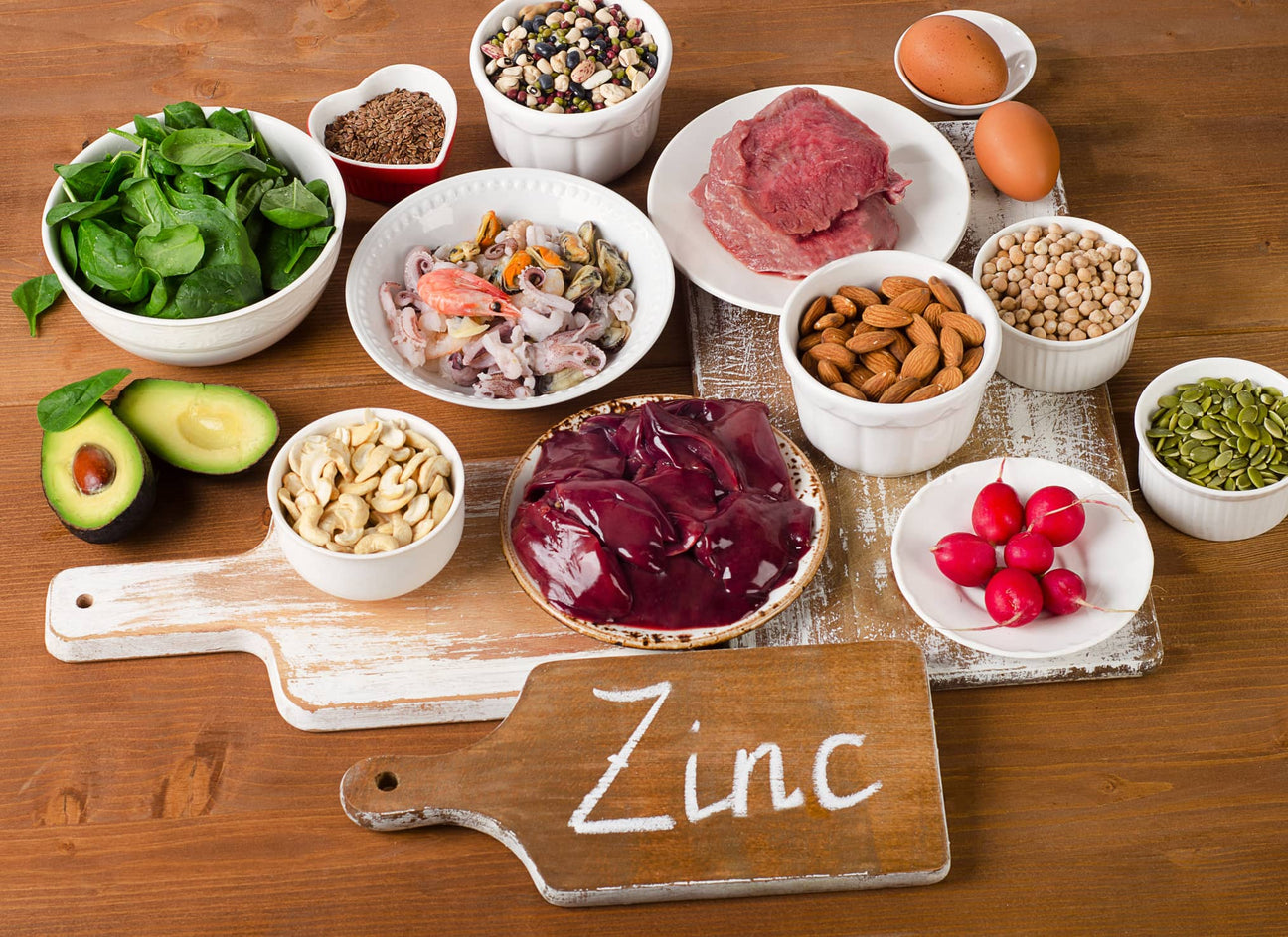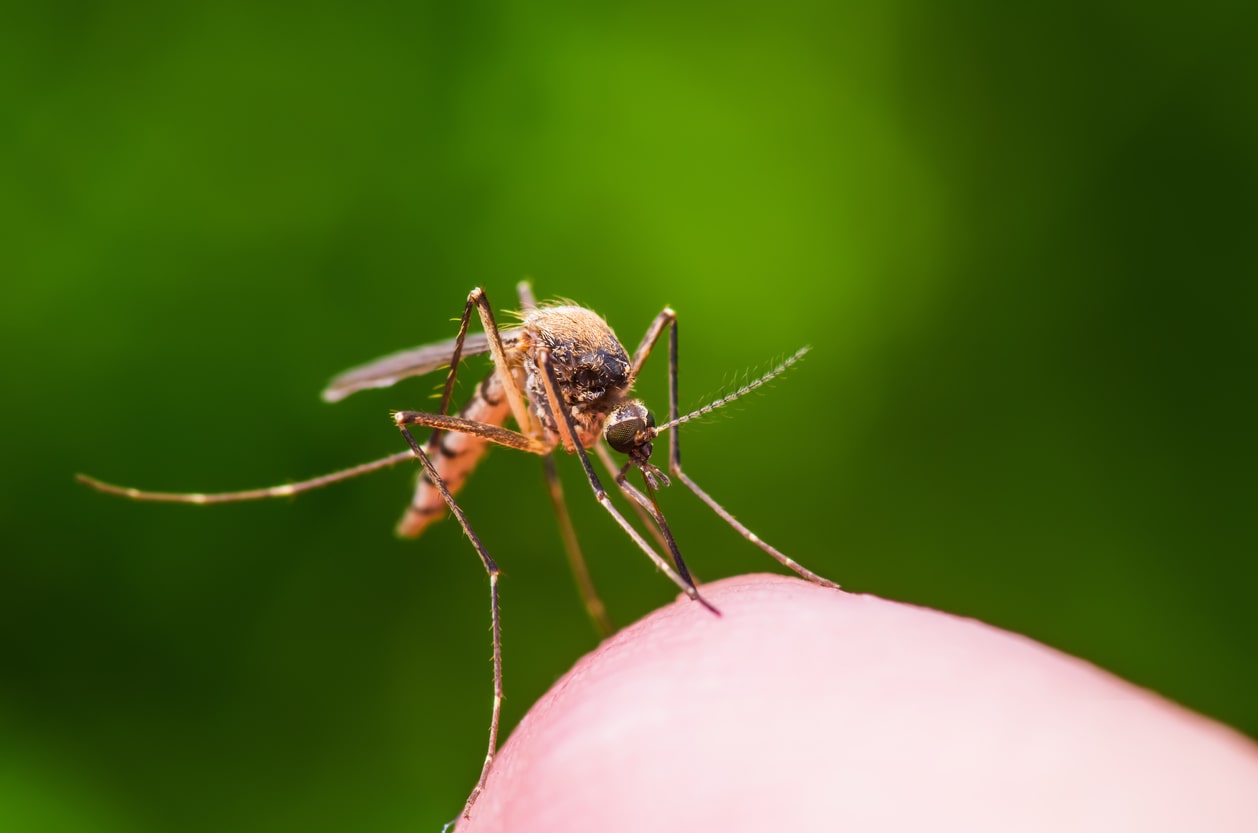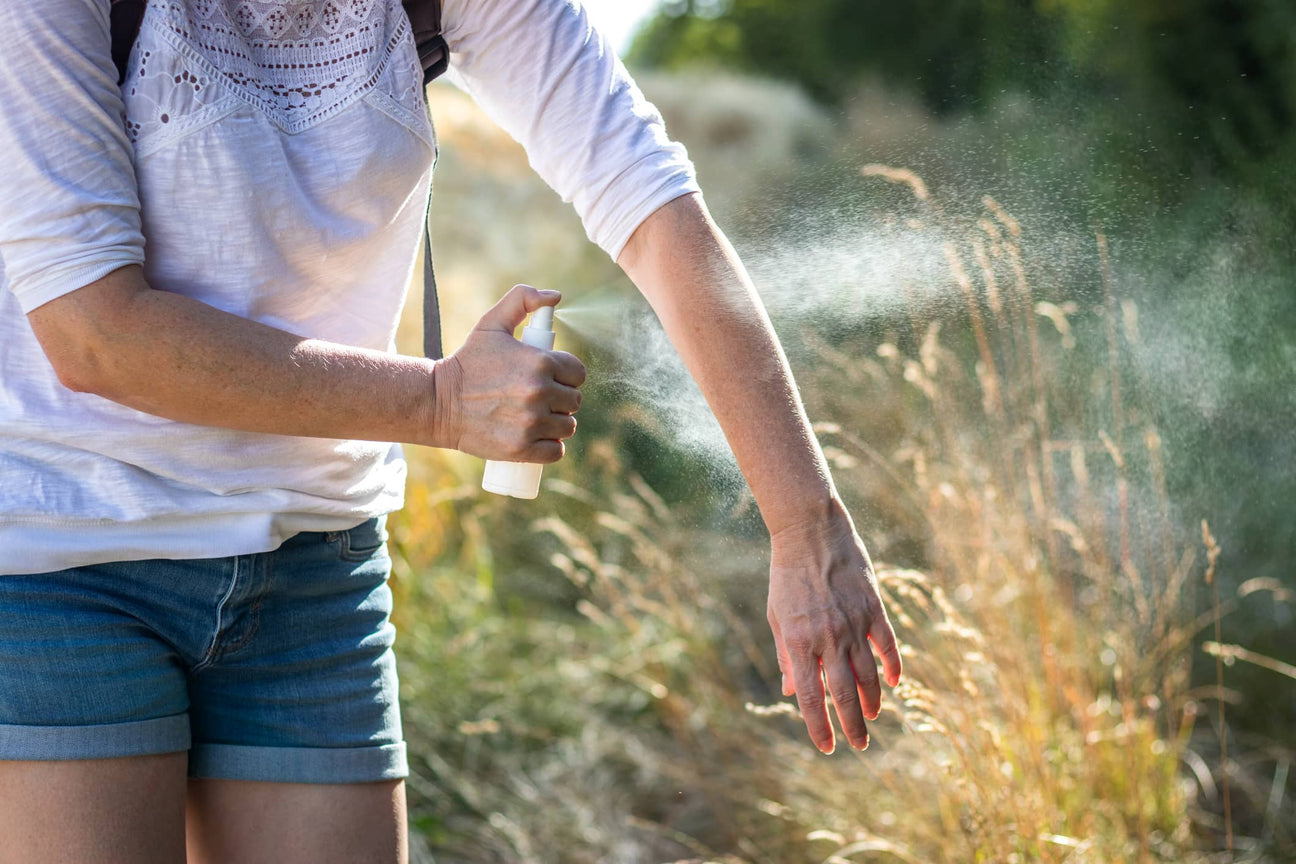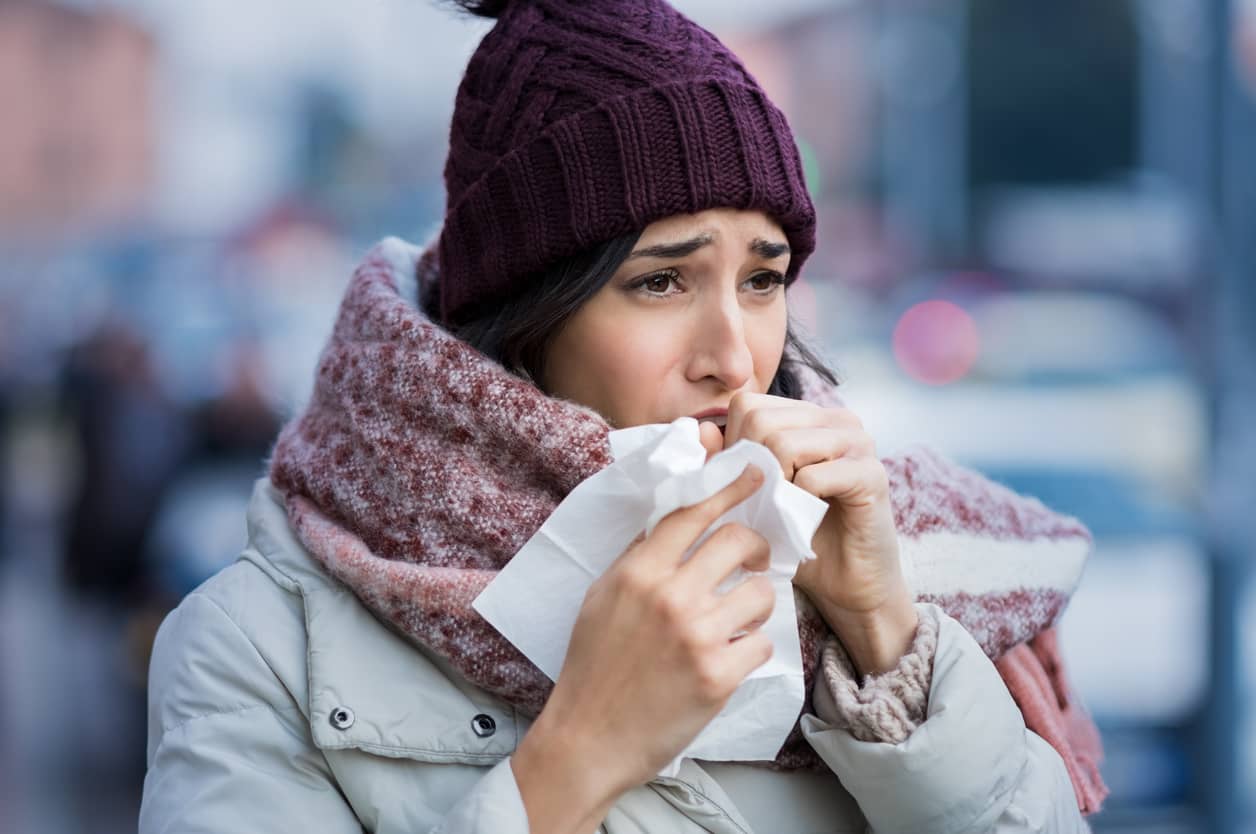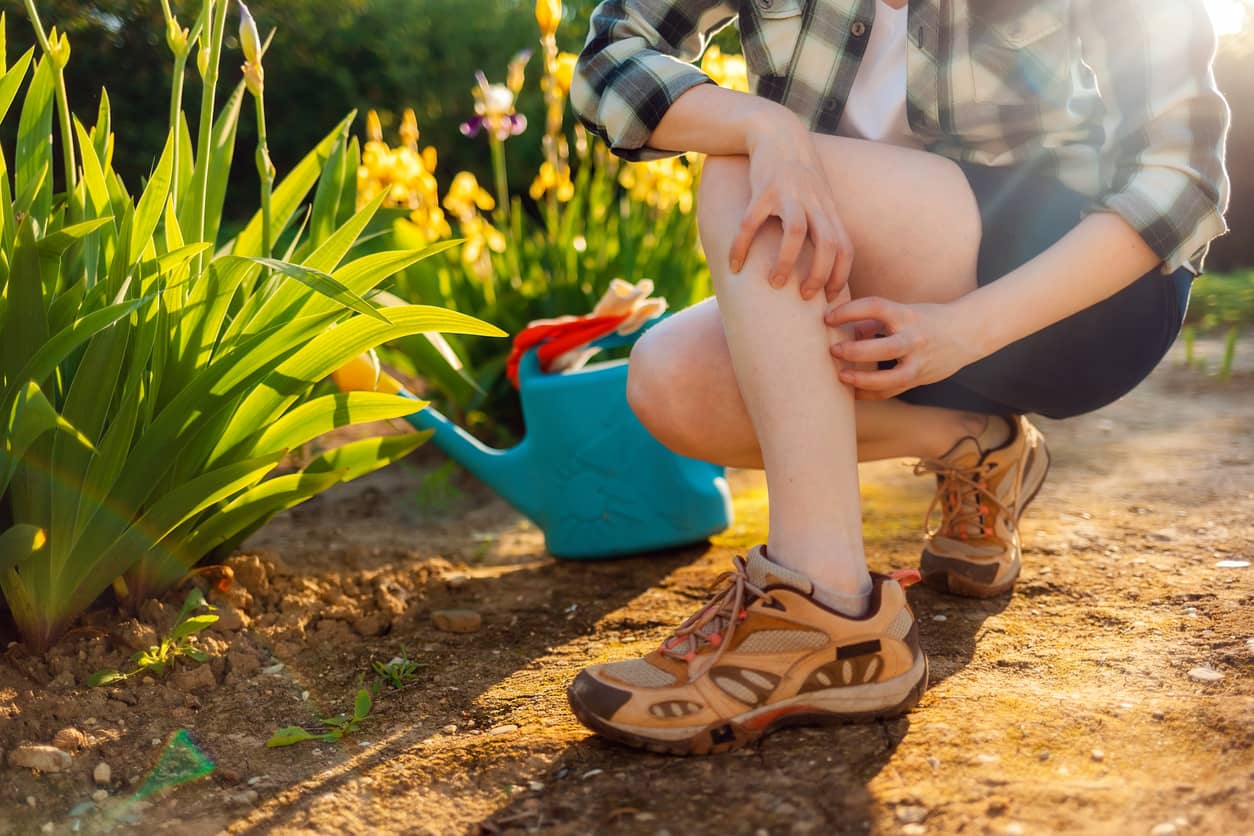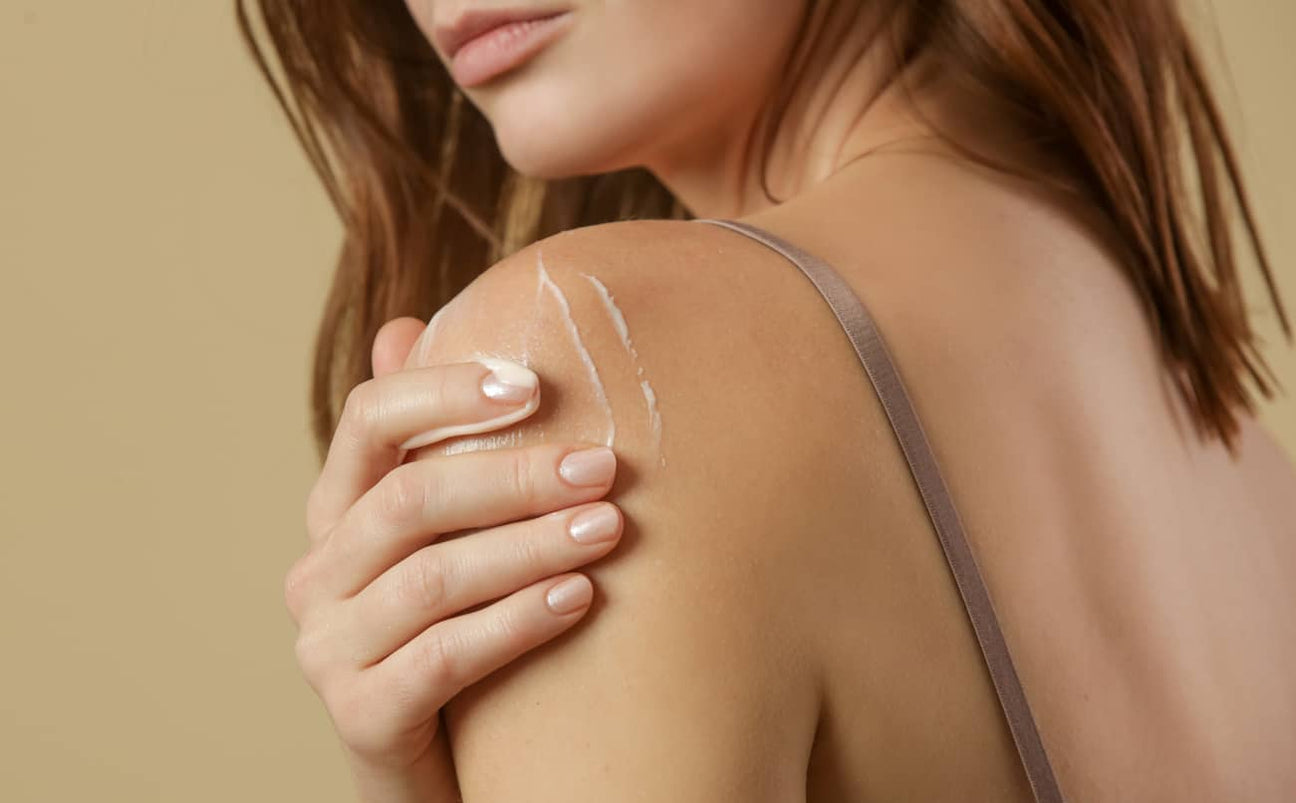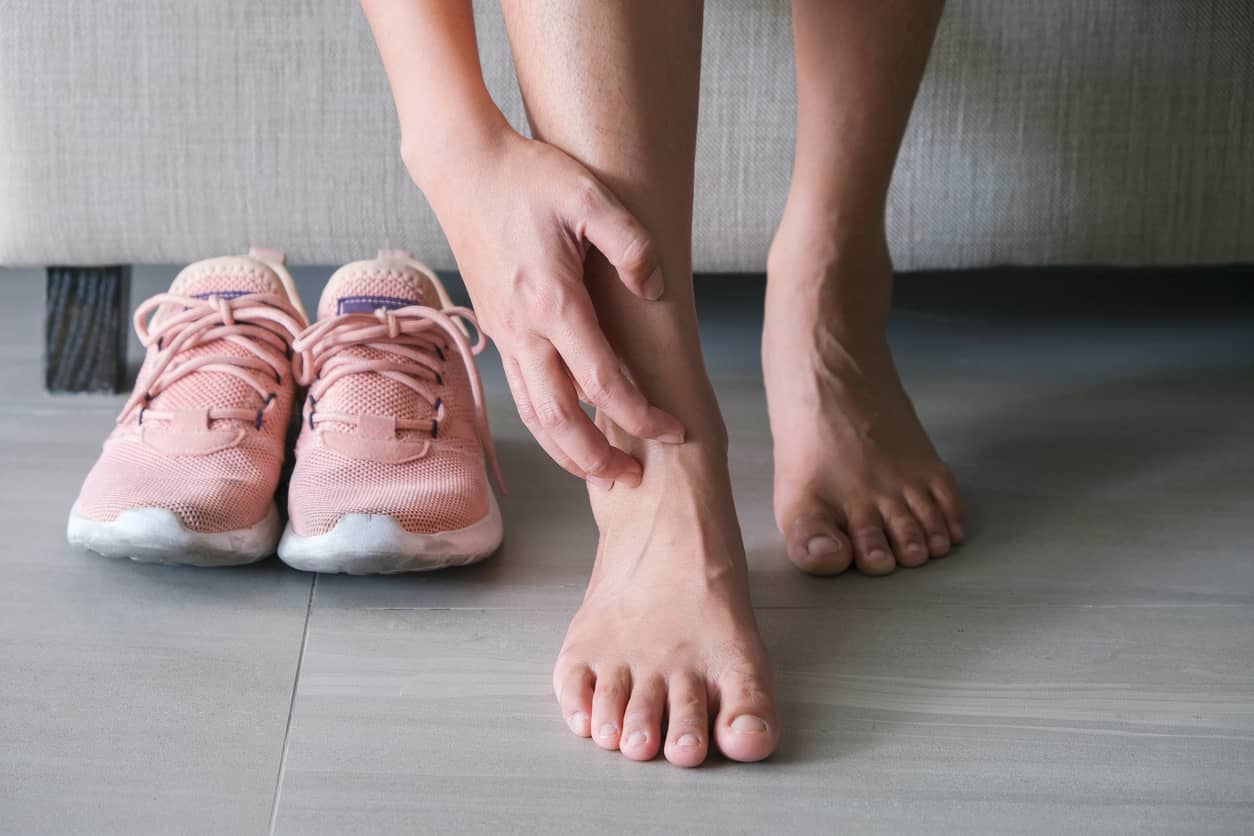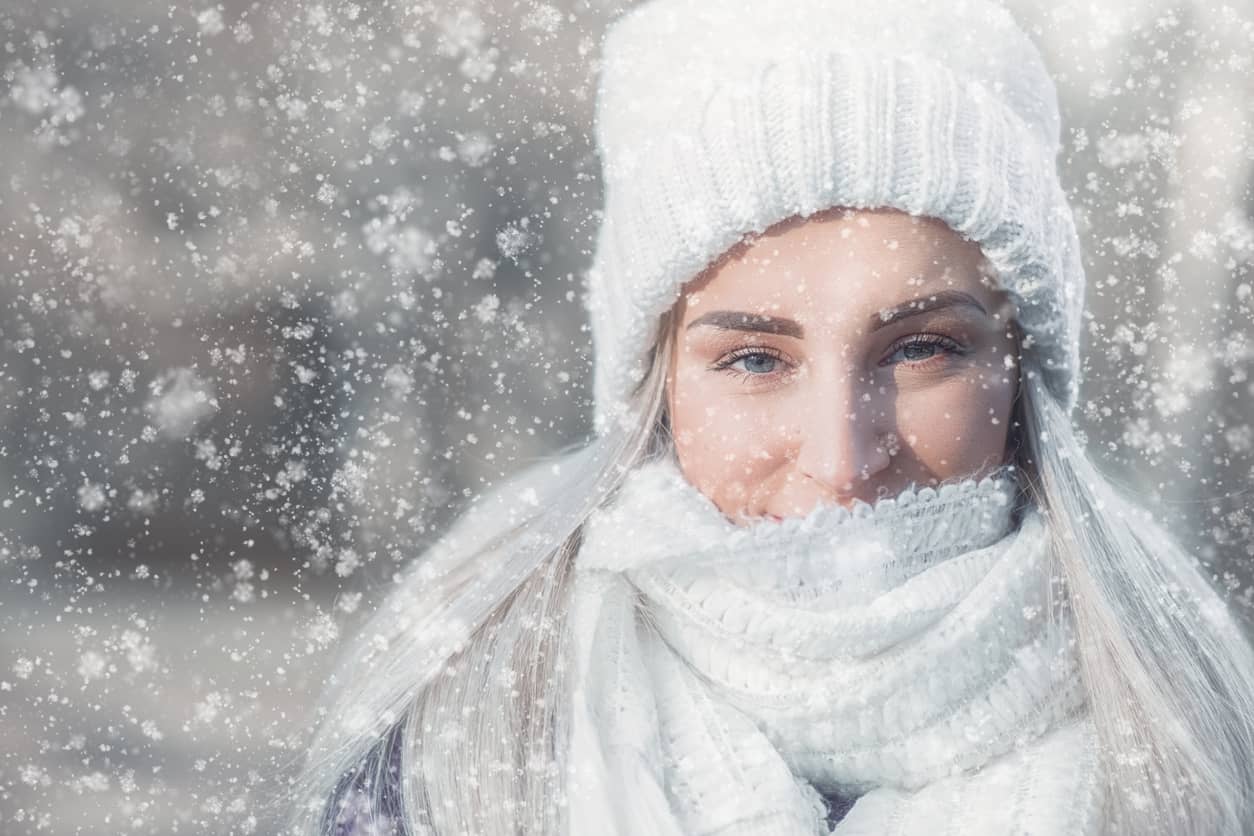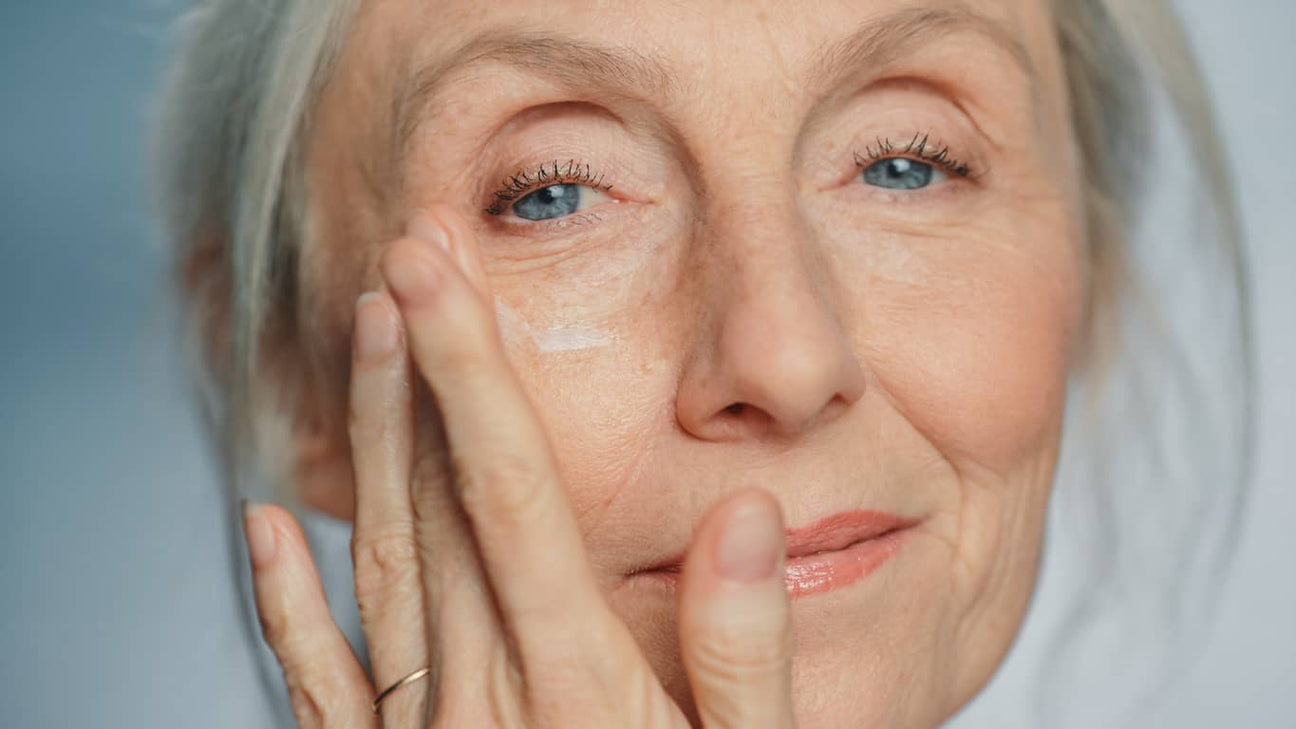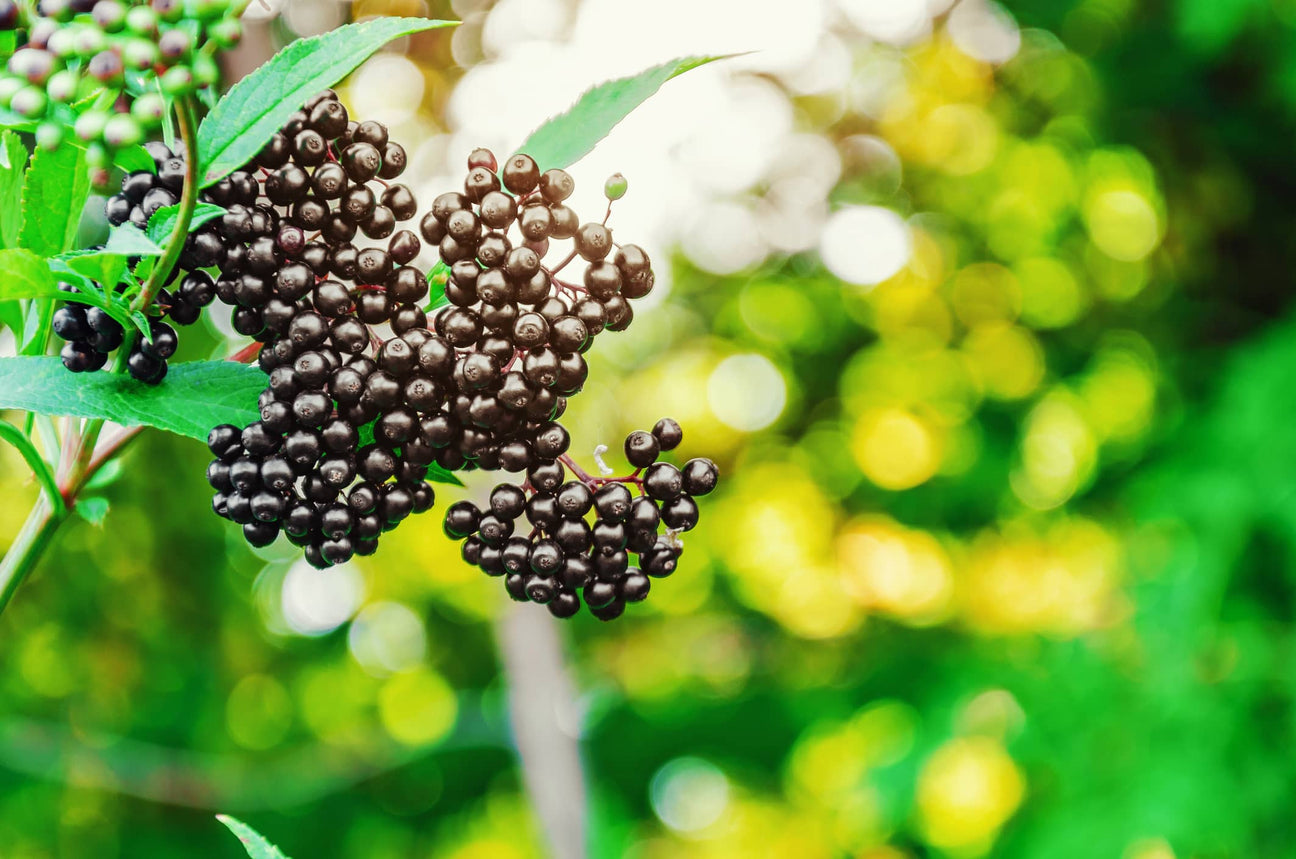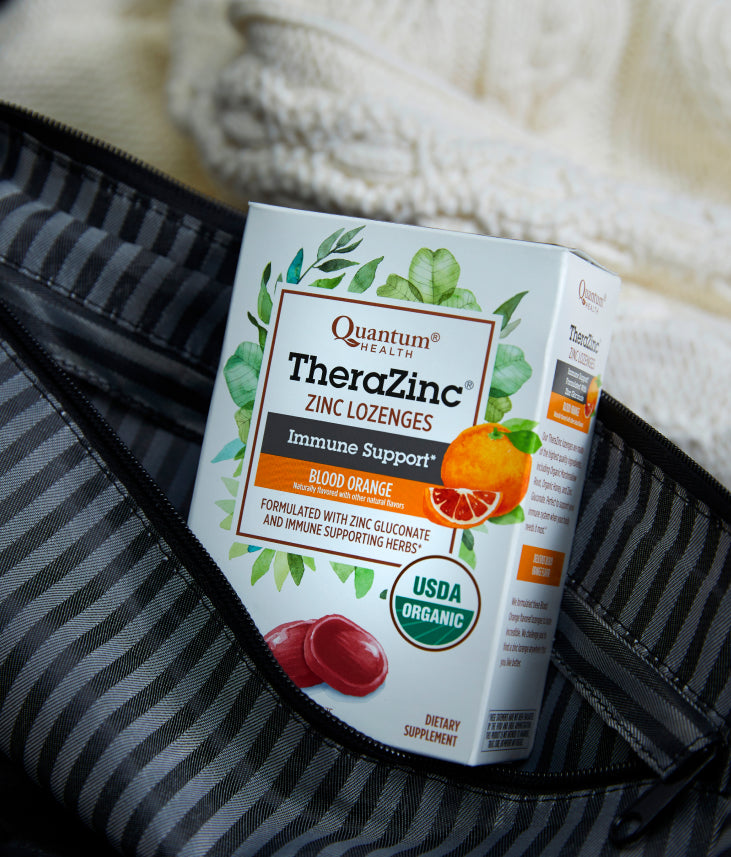Cold Sores - Everything You Need to Know
Compiled by David Shaw for "It's Your Health"
What are cold sores?
Cold sores are small blisters that form around the mouth that are clear and filled with fluid. Cold sores are caused by the herpes simplex virus which lives inside nerve tissue. It is estimated that 80% of the population carry the virus and 60 million people have outbreaks once or more per year. Cold sores are also known as fever blisters or Herpes Simplex or HSV1, this is not the same as genital herpes.
What happens the first time you get a cold sore?
Generally, people first get it when they are infants or children. Interestingly enough, only about 20% of those carrying the virus ever get symptoms - that is, break out in actual cold sores. The sores can appear within days or weeks or even years following that first exposure to the virus. The first time symptoms appear they are usually more intense than subsequent outbreaks. For example, some people experience more pain at the blister site or even flu-like symptoms including swollen glands, fever or sore throat.
Canker sore vs. Cold sore
Cold sores usually appear around the mouth while canker sores appear in the mouth. Cold sores are caused by a virus while canker sores are caused by bacteria. If a cold sore is in the mouth, it's usually on the roof of the mouth.
What makes cold sores appear?
Cold sores can be triggered by sunlight, fever, illness, stress, arginine-rich foods such as chocolate, food allergies or hormonal changes.
Are cold sores contagious?
Yes. Don't kiss anyone when you have an outbreak. Avoid sharing eating utensils, toothbrushes, razors, and towels.
What are the stages of a cold sore?
Cold sores, untreated, can last up 14 days. Beginning treatment at the first sign of tingling can reduce the time to as little as 2-4 days. Beginning treatment after the blister appears can also significantly reduce the time and degree of pain.
Day 1: Prodrome (tingle) stage - Before a blister appears, one usually feels a tingling, itching or burning sensation beneath the skin, usually around the mouth or the base of the nose. This is the best time to start treatment.(1)
Days 2 to 3: The blister(s) appear.
Day 4: Ulcer or weeping stage - This is when the blister opens up revealing a reddish area. One is most contagious and in the most pain.(2)
Days 5 to 8: Crusting stage - The blisters dry up and a crust forms which is yellow or brown in color. Do not pick at this crust.(3)
Days 9 to 14: Healing stage - A series scabs will form over the sore, each smaller than the previous one until the cold sore is completely healed.
(1,2,3) - In the SCU study, 40% of those using Quantum Health's product avoided an outbreak. In addition, most participants skipped the blister, ulcer and crusting stages.
Share
Your share can inspire countless others.




